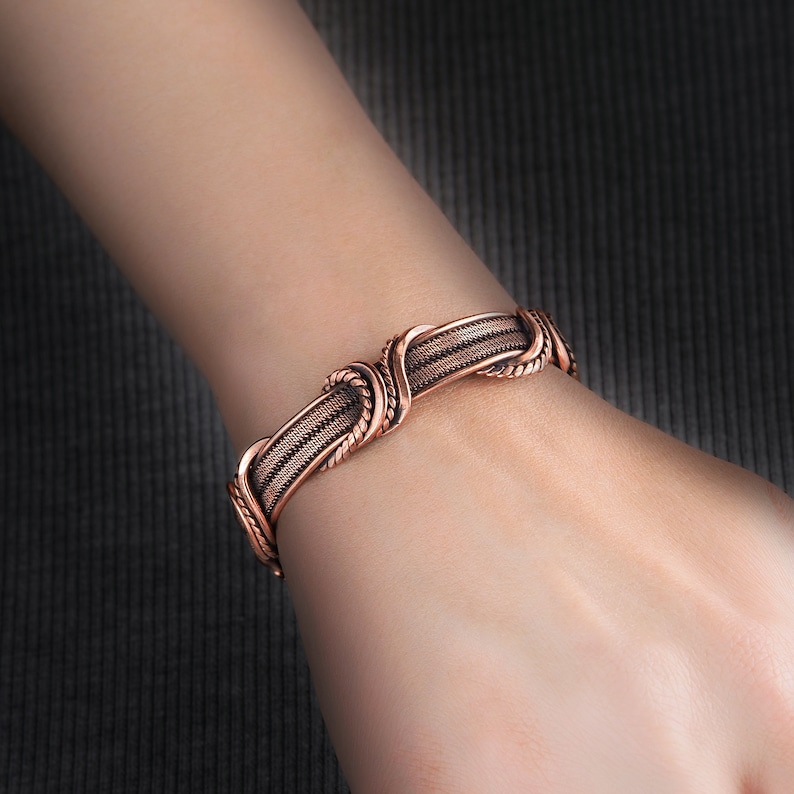

Cleopatra allegedly wore a lodestone on her forehead as she slept to prevent ageing, and Aristotle is the first person in recorded history to have discussed the healing properties of magnets. These bracelets are commonly worn on the wrists of old people across the country as talismans against arthritic deformation. Researchers also comment that the idea that human tissue is affected by magnets is problematic since, if this were the case, exposure to the huge magnetic fields of MRI scans would have a profound effect on us.ĭespite the weight of published research weighing against the therapeutic abilities of these wristbands, there is no denying popular belief in the healing effects of copper and magnetism, both now and throughout history. Trace elements of copper are essential for good health in humans, and complexes of copper can have an analgesic effect, but it is much more effective to ingest the substance than absorb it through the skin. However, based on evidence from a peer-reviewed 2009 scientific study conducted between Durham, York and Hull Universities, the National Health Services (NHS) has concluded that magnetic and copper bracelets have no effect on pain or stiffness.

This copper and magnet bracelet, engraved with a Greco-roman style decorative meander, is sold in the pharmacy, Boots, as an alternative remedy that ‘many sufferers of rheumatism and arthritis believe will help relieve the pain and discomfort associated with these conditions’.


 0 kommentar(er)
0 kommentar(er)
